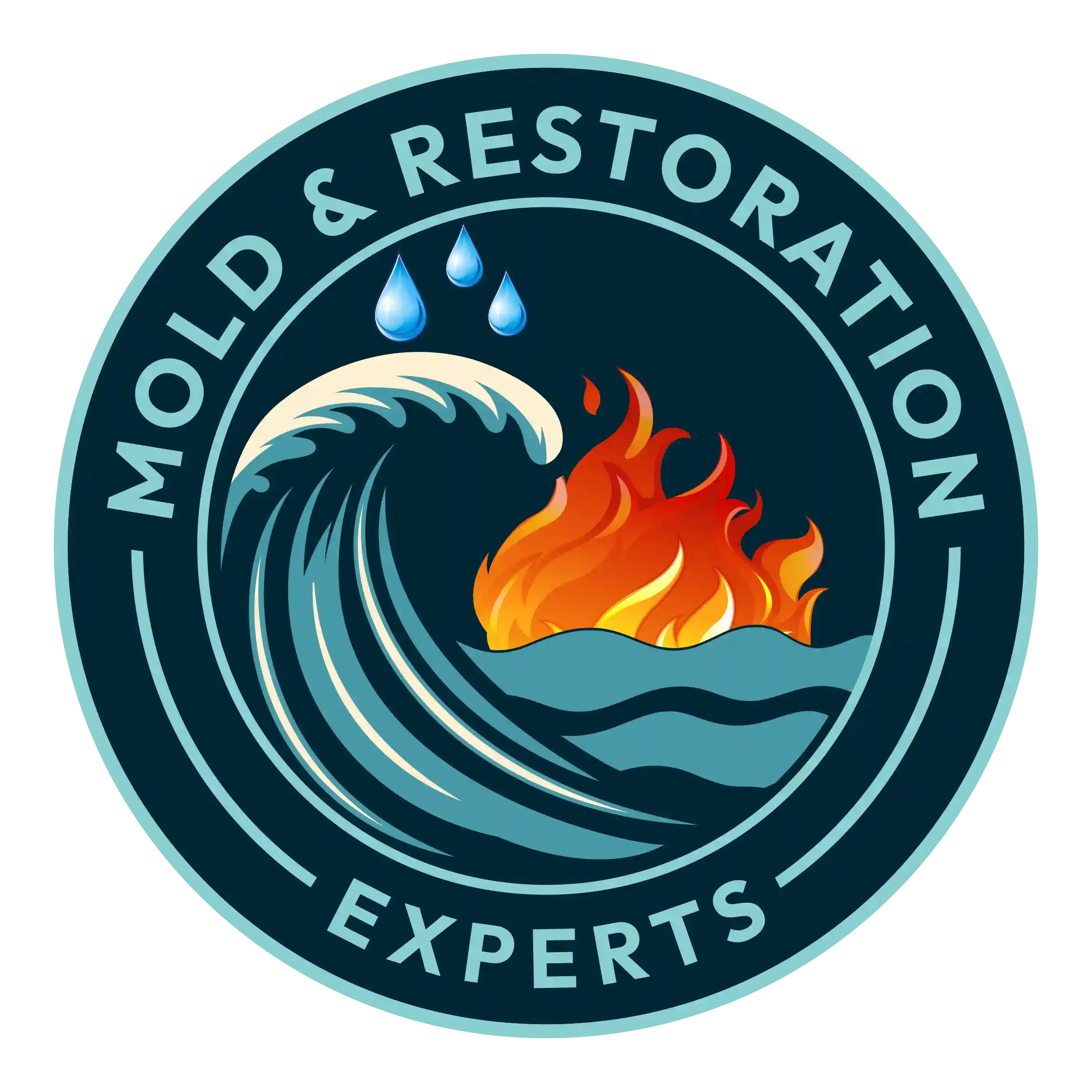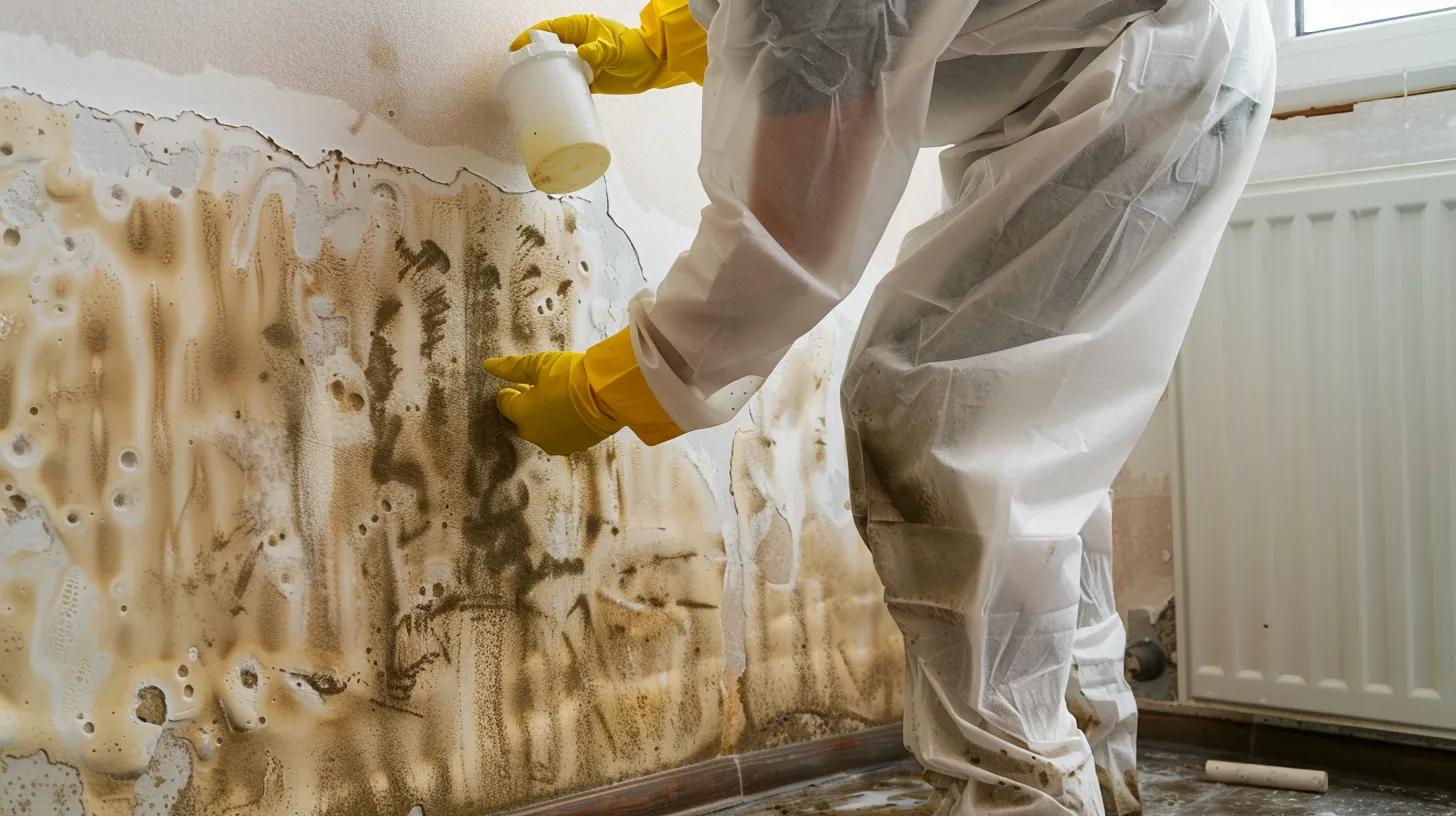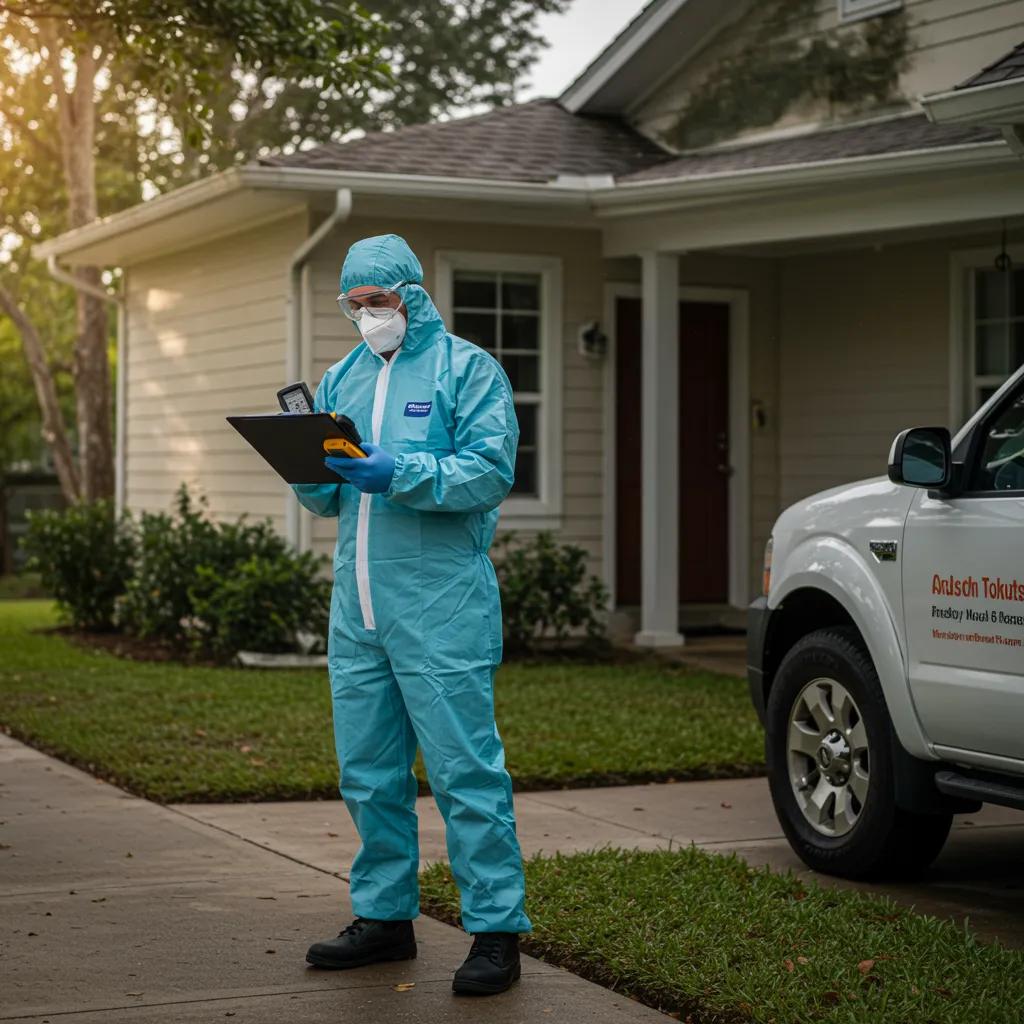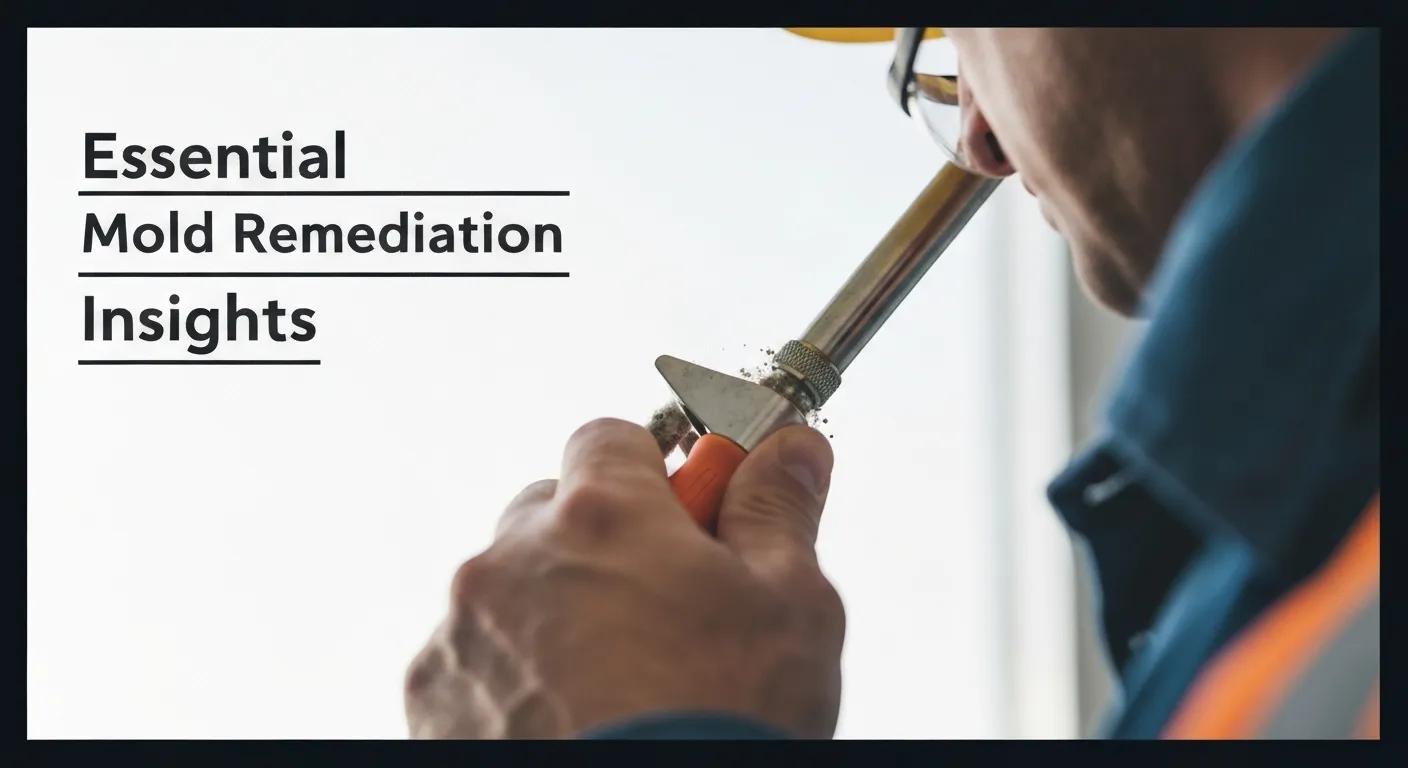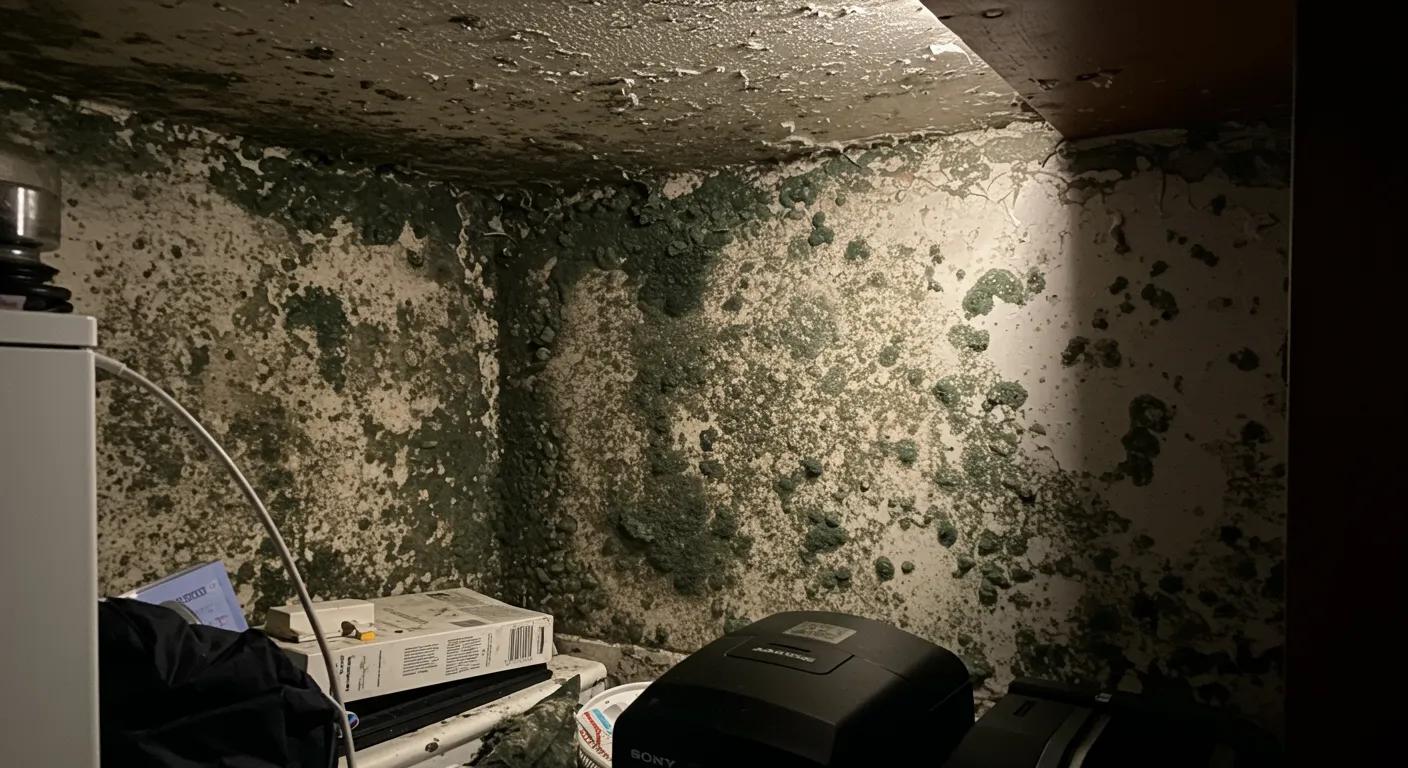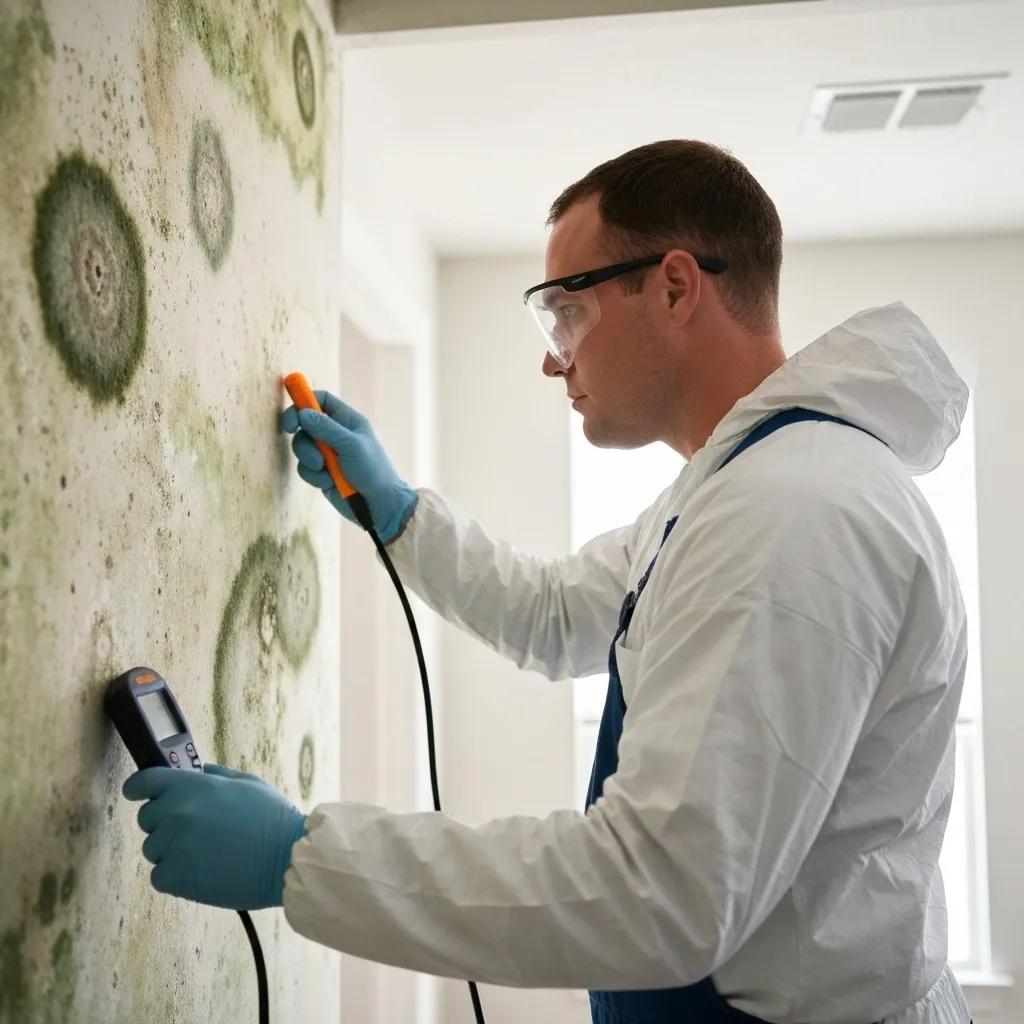Discover Key Factors That Influence Mold Remediation Costs
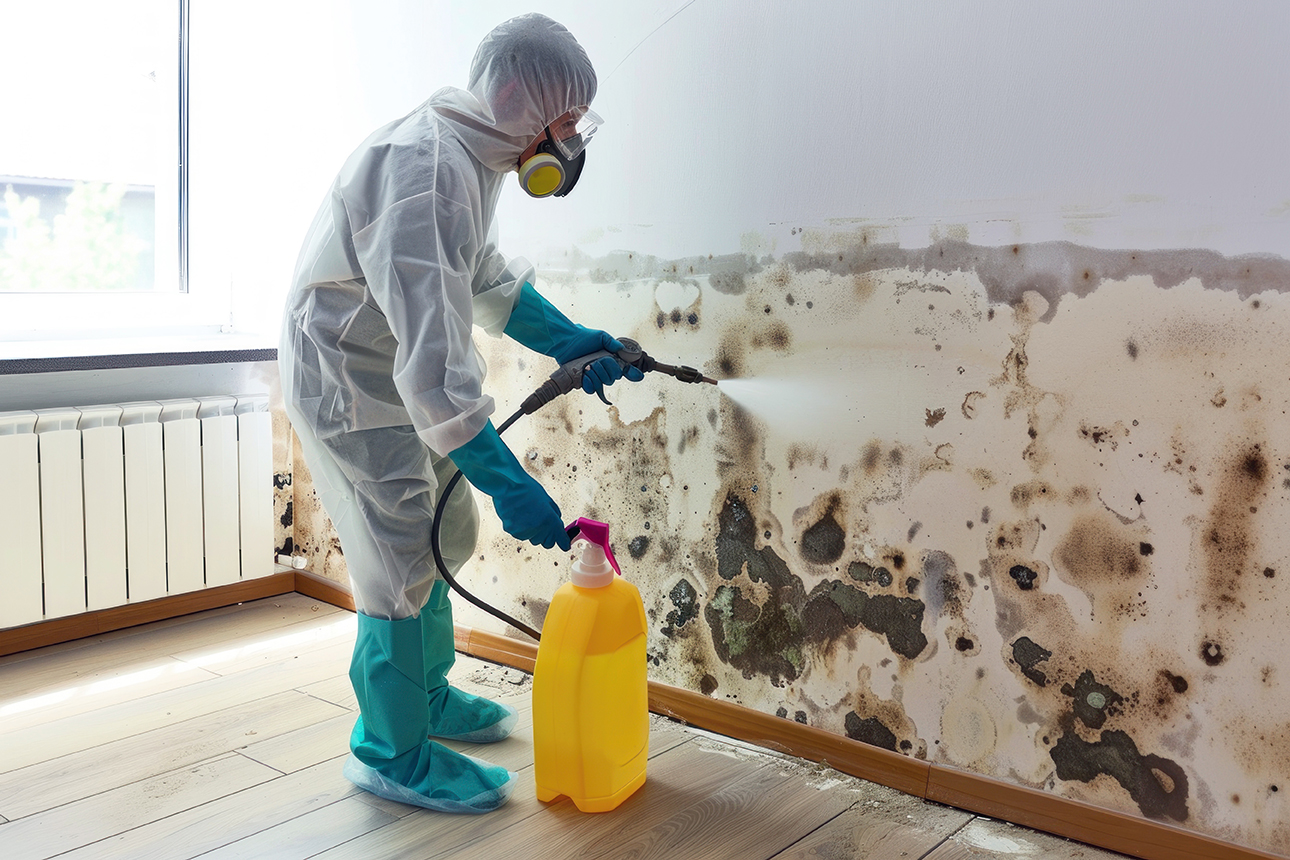
Mold remediation cost uncertainty leaves many homeowners facing unexpected expenses and health risks, but understanding the core cost drivers clarifies budgeting and promotes timely action. This guide explains how infestation size, mold species, affected locations, moisture sources, materials, and process complexity each influence pricing. Readers will discover typical Tampa Bay cost ranges, compare DIY versus professional services, explore inspection and testing fees, learn how insurance factors in, and get prevention strategies that lower future expenses. By revealing these cost components, certified restoration experts empower property owners to make informed decisions and secure transparent, reliable estimates.
What Are the Main Factors Influencing Mold Remediation Costs?
Mold remediation cost factors define how much homeowners invest in restoring a healthy environment by removing fungal growth, protecting occupants, and preventing structural damage. Each factor—infestation size, mold type, location, moisture source, materials affected, and process complexity—interacts to determine labor, equipment, containment, and disposal requirements, ultimately shaping total expense. For example, addressing black mold behind drywall demands specialized containment and replacement, driving costs higher than surface-level mold on nonporous materials.
How Mold Infestation Size and Scope Affects Pricing
Size and scope determine remediation scale, with larger infestations requiring more labor, containment, and clearance testing to ensure safety and compliance. Small areas under 10 square feet allow localized cleaning and minimal containment, while extensive infestations exceeding 100 square feet involve whole-room barriers, air filtration, and reconstruction.
Even small mold areas can hide moisture issues behind surfaces, and extensive growth often indicates widespread humidity or leaks, making project scale a critical cost determinant.
The Role of Mold Type in Remediation Costs
Different mold species vary in toxicity, remediation requirements, and disposal regulations, directly impacting overall expense. Black mold (Stachybotrys) demands strict containment and hazardous-material handling, raising labor and equipment costs. Common surface molds like Cladosporium or Penicillium typically require standard cleaning and antimicrobial application.
- Black mold removal often costs 25–40% more due to specialized protective gear and disposal methods
- Toxic or allergenic molds trigger advanced air filtration and clearance testing
- Surface molds on nonporous materials allow lower-cost cleaning and sanitization
Selecting professional testing to identify species ensures accurate cost estimation and compliance with health guidelines, avoiding hidden hazards.
How Mold Location in Your Home Influences Costs
Accessibility and proximity to living areas shape remediation complexity, with hidden mold behind walls or in crawl spaces requiring invasive inspection and reconstruction.
- Attic infestations involve elevated containment and insulation removal
- Basement and crawl space mold demand moisture mitigation and structural drying
- Wall and ceiling mold removal may require drywall demolition, raising disposal fees
- HVAC mold remediation needs duct sealing and air scrubbers
Hard-to-reach or structural locations increase labor hours, equipment rentals, and secondary repairs, amplifying total investment.
The Importance of the Moisture Source for Cost Estimation
Identifying and correcting the moisture source is essential because mold regrowth prevention requires both removal and repair of underlying issues. Leaks, condensation, flooding, or high humidity each demand specific solutions.
- Plumbing leaks call for pipe repair or replacement
- Roof leaks require shingle or flashing restoration
- Poor ventilation hinges on HVAC adjustments and dehumidifier installation
- Flood-related mold may necessitate full-scale water damage repair
Addressing moisture sources adds repair work and specialists—plumbers, roofers, or HVAC technicians—but prevents recurrence and reduces long-term costs.
How Affected Materials Impact Mold Removal Expenses
Removal and disposal of contaminated materials account for a significant portion of remediation budgets, with varying costs based on material type and replacement requirements.
Replacing porous or damaged materials increases disposal fees, reconstruction labor, and finishing costs, making material assessment a key pricing component.
The Effect of Remediation Process Complexity on Pricing
Process complexity dictates equipment, labor skill, and project duration, with advanced protocols raising price points to ensure safety and compliance.
- Mold inspection and testing confirm mold type and extent
- Containment using negative air pressure prevents spore migration
- Removal via HEPA vacuuming and mechanical scraping
- Cleaning with antimicrobial agents and surface sealing
- Drying and dehumidification eliminate residual moisture
- Reconstruction restores removed structures and finishes
Each process step adds specialized labor, equipment rental, and regulatory compliance measures, collectively influencing total project cost.
What Are the Average Mold Remediation Costs in Tampa Bay, Florida?
Local labor rates, high humidity, and regional building characteristics influence Tampa Bay remediation pricing, making Florida-specific averages vital for budgeting. Warm, moist conditions often lead to hidden mold challenges in coastal and older homes, raising complexity and associated costs.
Typical Cost Ranges for Small, Medium, and Large Projects
Project scale in Tampa Bay aligns with national averages but reflects higher disposal fees and hurricane-resistant construction repair.
Higher disposal rates and seasonal humidity spikes can push costs toward the upper range, especially after heavy rainfall or storms.
Comparing DIY Mold Removal to Professional Services in Cost and Risk
Comparing DIY and professional mold remediation clarifies that initial savings may be offset by health risks, incomplete removal, and higher long-term expenses.
DIY efforts often leave hidden spores and moisture issues unresolved, leading to regrowth and potentially doubling overall costs compared to certified professional handling.
Services Usually Included in a Professional Mold Remediation Quote
A transparent professional quote typically covers every stage to ensure comprehensive restoration and warranty protection.
- Detailed visual inspection and written assessment
- Mold species identification and air quality testing
- Full containment setup with HEPA filtration
- Safe removal of mold-infested materials
- Antimicrobial application and structural cleaning
- Drying, dehumidification, and moisture monitoring
- Clearance testing to verify successful remediation
- Limited warranty and post-service guidelines
Inclusive quotes prevent surprise fees and support homeowner trust through clear deliverables and health‐focused protocols.
How Much Does Mold Inspection and Testing Cost in Florida?
Accurate pricing begins with thorough mold inspection and testing, enabling precise remediation planning, protecting occupant health, and informing insurance claims. Professional diagnostics identify hidden mold and quantify airborne spore levels, preventing underestimation of scope.
The Cost of a Professional Mold Inspection in Tampa Bay
A certified mold inspection in Tampa Bay provides a visual and technological assessment to locate mold growth and moisture sources.
- Basic visual inspection: $200 – $400
- Moisture mapping with hygrometers: $300 – $600
- Thermal imaging detection: $400 – $700
How Mold Testing and Air Quality Assessments Affect Overall Costs
Testing molds and air quality adds clarity to the remediation scope but represents a modest percentage of the total project cost.
- Surface swab analysis: $50 – $150 per sample
- Air sample culture: $100 – $300 per location
- Spore trap counts: $150 – $350 per room
The Importance and Cost of Post-Remediation Verification
Clearance testing confirms that remediation meets industry standards, safeguarding health and preventing liability.
Investing in verification ensures compliance with health guidelines and provides documentation for insurance, offering peace of mind and minimizing future mold recurrence.
How Does Insurance Coverage Affect Mold Remediation Costs in Florida?
Homeowners insurance can offset a portion of remediation expenses when mold results from covered perils, but policy limits, exclusions, and deductibles significantly shape out-of-pocket costs.
Mold Remediation Costs Typically Covered by Homeowners Insurance
Insurance policies often cover mold damage that stems from sudden, accidental water events, such as burst pipes or storm damage, rather than from neglected humidity problems. For details on the process involved, you can find mold remediation services here.
- Burst pipe mold removal up to policy limit
- Water damage restoration after covered perils
- Limited mold coverage endorsements
Navigating Mold Insurance Claims for Florida Homeowners
Navigating claims effectively requires documentation, timely reporting, and professional guidance to maximize coverage.
- Document damage with photos and inspection reports
- Notify insurer promptly to meet reporting timelines
- Submit detailed remediation quotes and moisture reports
- Collaborate with certified remediation experts for scope verification
- Appeal denials with additional testing data and expert opinions
Following structured steps improves claim approval chances and reduces personal expenses.
Common Insurance Policy Limitations and Deductibles for Mold
Policy structures often include caps and exclusions that homeowners must understand before filing a claim.
- Mold coverage caps (e.g., $5,000–$10,000 maximum)
- Exclusion of mold from unresolved maintenance issues
- Standard deductibles of $500–$2,000
Financing Options Available for Mold Remediation
When insurance falls short, several financing pathways enable prompt remediation without undue financial strain.
- Low-interest home equity lines of credit
- 0% introductory rate credit cards for home improvement
- In-house payment plans from certified restoration providers
- Government or nonprofit grants for health-related repairs
Flexible financing allows homeowners to address mold promptly, preserving health and property value before costs escalate.
How Can Homeowners Prevent Future Mold Growth to Reduce Costs?
Preventing mold regrowth relies on humidity control, early detection, and advanced products, yielding long-term savings by avoiding large-scale remediation.
Maintenance Practices to Control Humidity and Moisture
Regular maintenance minimizes sustained moisture conditions that fuel mold growth.
- Inspect and repair roof and plumbing leaks quarterly
- Use dehumidifiers in high-humidity spaces
- Maintain HVAC filters and drainage annually
- Seal foundation cracks and improve exterior grading
How Early Detection Lowers Mold Remediation Expenses
Detecting mold at its earliest stage prevents extensive spread and associated high labor costs. Routine inspections using moisture meters and visual checks allow remediation of small areas before they grow into larger, costlier projects. Identifying mold in a 5 sq ft space at $500 rather than waiting for 50 sq ft coverage at $4,000 saves thousands and preserves structural integrity.
Effective Mold Prevention Products and Technologies
Advanced products and systems inhibit mold growth by controlling moisture and spores.
- HEPA air purifiers reduce airborne spores
- Mold-resistant drywall and paint deter colonization
- Smart humidity monitors alert homeowners to spikes
- Ultraviolet germicidal lights in HVAC systems neutralize spores
Integrating these technologies into home systems creates a robust defense, reducing future mold remediation needs and costs.
What Should You Expect During the Mold Remediation Process?
Professional mold remediation follows defined steps to ensure thorough removal, occupant safety, and lasting results, giving homeowners a clear roadmap and peace of mind.
Key Steps in Professional Mold Removal
Mold removal unfolds through systematic phases to isolate contamination, cleanse affected areas, and restore structural safety.
- Inspection & Assessment – Identify mold extent and moisture sources
- Containment – Seal off affected zones with barriers and negative air pressure
- Removal – Extract mold-contaminated materials and HEPA-vacuum surfaces
- Cleaning – Apply antimicrobial treatments and scrub nonporous areas
- Drying – Use dehumidifiers and air movers to eliminate residual moisture
- Restoration – Repair or replace removed structures and finishes
This structured approach protects occupants and delivers verifiable results.
Typical Duration of Mold Remediation
Mold remediation timelines vary by infestation size and complexity, but generally span from one day to two weeks. Small areas can be addressed in a single 6–8-hour session, while large or structural infestations may require 5–10 days for containment, removal, drying, and restoration. Understanding expected duration helps homeowners plan relocation, repairs, and budget accordingly.
Safety Measures to Protect Occupants and Property During Remediation
Certified remediation protocols emphasize safety through personal protective equipment, air filtration, and debris containment.
- Technicians wear OSHA-approved respirators and protective suits
- HEPA air scrubbers filter spores during work
- Negative-pressure chambers prevent cross-contamination
- Waste is sealed and labeled for hazardous disposal
These measures preserve indoor air quality and ensure compliance with health regulations, reinforcing trust in professional services.
Frequently Asked Questions About Mold Remediation Costs in Tampa Bay
While each property varies, clear estimates help homeowners prepare financially and choose appropriate services.
How Much Does It Cost to Remove Mold from a Small Area?
Removing mold from a small area (under 10 sq ft) in Tampa Bay typically ranges from $600 to $1,700, depending on material removal and basic containment requirements.
What Factors Most Affect Mold Remediation Pricing?
Six factors primarily drive pricing: infestation size and scope, mold species, location within the structure, moisture source remediation, materials affected, and process complexity, including containment and reconstruction.
Can I Remove Mold Myself to Save Money?
DIY mold removal can save upfront fees but often leaves hidden spores and moisture unaddressed, risking regrowth and health hazards that lead to higher long-term expenses compared to certified professional remediation.
Is Mold Remediation Covered by Insurance in Florida?
Insurance in Florida may cover mold remediation when mold results from sudden accidental water damage, such as burst pipes or storm events, but typically excludes mold from maintenance issues or long-term humidity.
Ready to Reclaim Your Healthy Home? Get a Free Estimate Today!
Don’t let mold compromise your health or property value any longer. Our certified mold restoration professionals in Tampa Bay are ready to provide you with a detailed assessment, transparent cost analysis, and a clear scope of work. Take the first step towards a healthier home with confidence and trust. Contact us today for your personalized, no-obligation estimate and discover flexible financing options.
